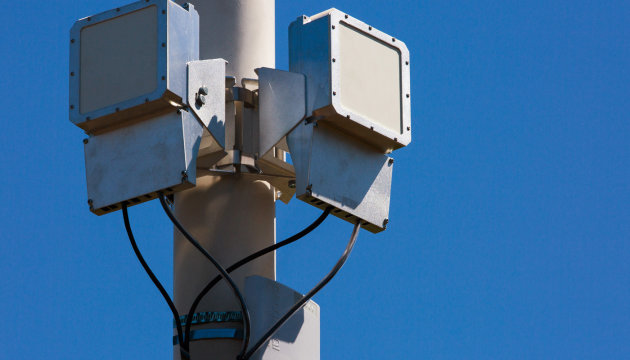Towards a New Era in Connectivity

WiFi7 will arrive in just a few months. And in less than 5 years, 6G will begin to be deployed. What do these new developments in connectivity mean?
Connectivity has become a prerequisite in the digital world we live in. We all know what it means to have no coverage, to have slow connection speed or network downtime and the problems these incidents cause until the situation is resolved.
Therefore, we are also able to understand that any improvement in this area will only bring new advantages and possible applications, many of them yet to be discovered.
In fact, we are still in the deployment phase of 5G use cases. And although a good part of the Spanish territory already has 5G coverage, the use of these connections barely accounts for 5.43% of total internet traffic in our country, according to data from the latest ‘Barómetro Telco‘ of the National Commission for Markets and Competition (CNMC).
Although the development of 5G still has a long way to go, we are already beginning to glimpse on the horizon the next evolution of this standard, 6G, for which a spectacular speed of adoption is expected.
According to Juniper Research’s Global 6G Development 2024-2032 report, there will be 290 million 6G connections worldwide just two years after its launch date. As planned for 2029, this figure would be reached by the end of 2030.
However, the consultancy warns that telecom operators will have to solve some challenges beforehand to achieve this rapid adoption in its first phase.
One such challenge is the problem of network interference arising from the use of high-frequency spectrum. Juniper Research reminds us that this use of high-frequency spectrum in 6G will be the key technology that will make it possible to provide performance speeds 100 times faster than today’s 5G networks.
As cellular technologies have never used spectrum bands in this range before, the most pressing concern for operators is to minimize this network interference, otherwise it would risk creating an unreliable 6G network.
To achieve this, the study urges operators to invest in Reconfigurable Intelligent Surfaces (RIS), a technology that will mitigate the impact of interference from large obstacles, including buildings, on network services.
This is achieved by intentionally reflecting and refracting 6G mobile signals to allow data packets to move around physical obstacles.
On the other hand, WiFi is also awaiting a new evolution. We are referring to the launch of the WiFi7 standard, which should arrive during this quarter, and which will bring important advantages to users, as explained by Universitat Oberta de Catalunya (UOC) professors Carlos Monzo and José Antonio Morán.
The first and most obvious benefit is the increase in data transmission speed, since the bandwidth of WiFi7 is considerably greater than that of its predecessor standard. While WiFi6 is already capable of delivering up to 9.6 gigabits per second (Gbps), WiFi7 will have a data stream called Extremely High Throughput, which will raise the speed to over 40 Gbps per access point.
This will allow the connection speed on a computer to reach about 5.8 gigabits of real speed, compared to the 2.4 Gbps of the current WiFi 6.
Latency time will also be improved with the new standard. UOC experts point out that this will be noticeable when watching videos or playing video games, for example.
Thus, they indicate that the improved response time will allow us to evolve technologically in applications such as immersive games or raise the performance of audiovisual content from 4K to 8K.
Another important aspect of WiFi7 is compatibility, since current devices will be able to operate with the new routers. In addition, Monzo and Morán point out that the new routers will be multi-link, so that all bands can be used to speed up connections and avoid possible interference.
They also emphasize that the WiFi7 standard will be more secure. While WiFi 6 has WPA3 (Wi-Fi Protected Access 3) security, which is already a fairly robust technology in terms of security, the security of the next version is expected to be even stronger and more robust, thanks to the WPA4 security protocol.
Finally, the UOC professors emphasize that the Multi-Link Operation (MLO) technology brought by WiFi7 will allow a much more stable connection, which will make it easier for devices to transmit and receive data simultaneously over different links. This will result in better performance and lower latency.